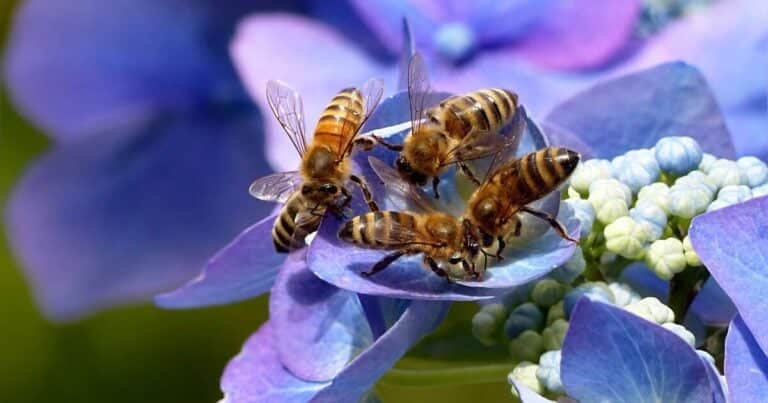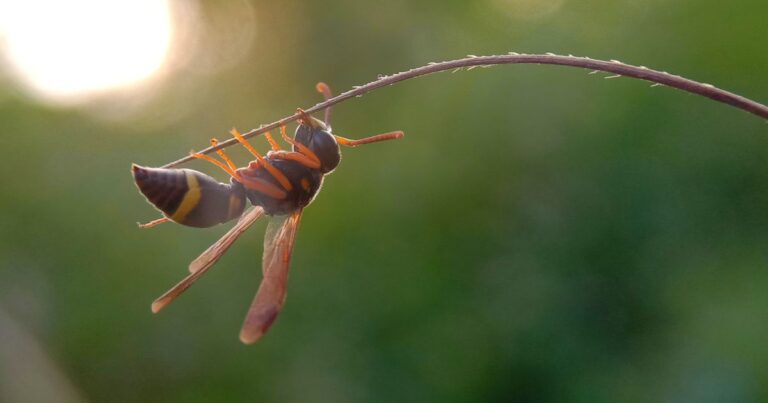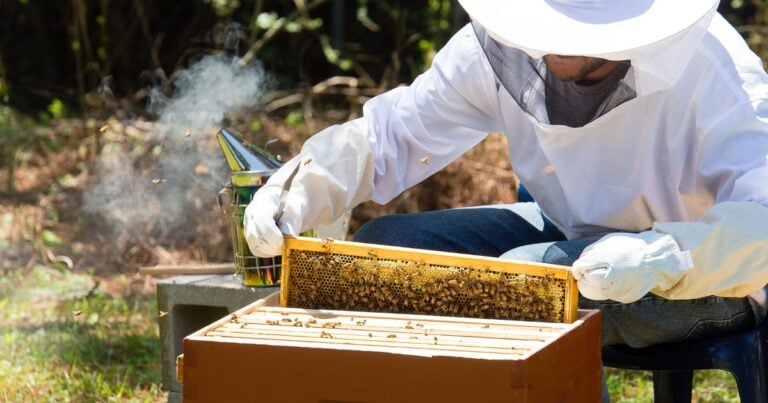Beekeeping Toolkit: Part One
Beekeeping Toolkit: Part One Beekeeping is no longer just the activity of professional apiarists; it is a practice that can be enjoyed by anyone with…
Beekeeping Toolkit: Part One
Beekeeping is no longer just the activity of professional apiarists; it is a practice that can be enjoyed by anyone with a backyard and an interest in animals and the environment. This smaller-scale form of beekeeping—known as urban, backyard or hobbyist beekeeping—has been gaining momentum since the mid twentieth century. However, its popularity has increased considerably in the past two decades, attracting environmentally-aware hobbyists. As we discovered in What is Urban Beekeeping?, Melbourne and Sydney are now among the most popular backyard beekeeping destinations, making it a great time to get involved in this pleasurable activity and join a thriving community of bee-lovers.
So, what important tools will you find in a beekeeper’s toolkit?
The hive, of course, is a beekeeper’s most important accessory! As described in Setting Up an Urban Beehive, the hive itself is the vital component to keeping bees and can take many different forms. For natural beekeepers—or, practitioners that respect the wellbeing of the bee before that of the keeper—some of the most common hive types are the Warre Hive, Flow Hive, Sun Hive and Kenyan Top Bar Hive. From our experience, we highly recommend the Langstroth Hive, as this model allows space for the bees and easy access for the beekeeper. This enables easy management of the beehive and a better quality of life for the insects. Practically, the main advantage of this type of hive is that the bees build honeycomb into frames, which can be moved with ease. The frames are designed to prevent bees from attaching honey comb in places that connect to adjacent frames, or to the walls of the hive. Before the Langstroth hive was in use, beekeepers were unable to move frames and manage bees in this way.
The most basic version of a hive comprises of a sold wooden “nuc”. A “nuc” stands for a nucleus hive, and houses small colonies of bees that are created, or split off, from larger colonies. The name is derived from the idea that a nucleus hive is centred upon a queen. The basic hives we recommend take on the characteristics of the Langstroth and contain a series of frames that have been specially dipped in wax at 160 degrees for 10 minutes. This process helps preserve the wood, inside and out. Inside the hive, pre-waxed frames slot into the hive and can be moved around with ease. These “nucs” can be expanded into more large-scale hives once the bees have fully settled, making them an excellent foundation to the backyard-beekeeper’s toolkit.



